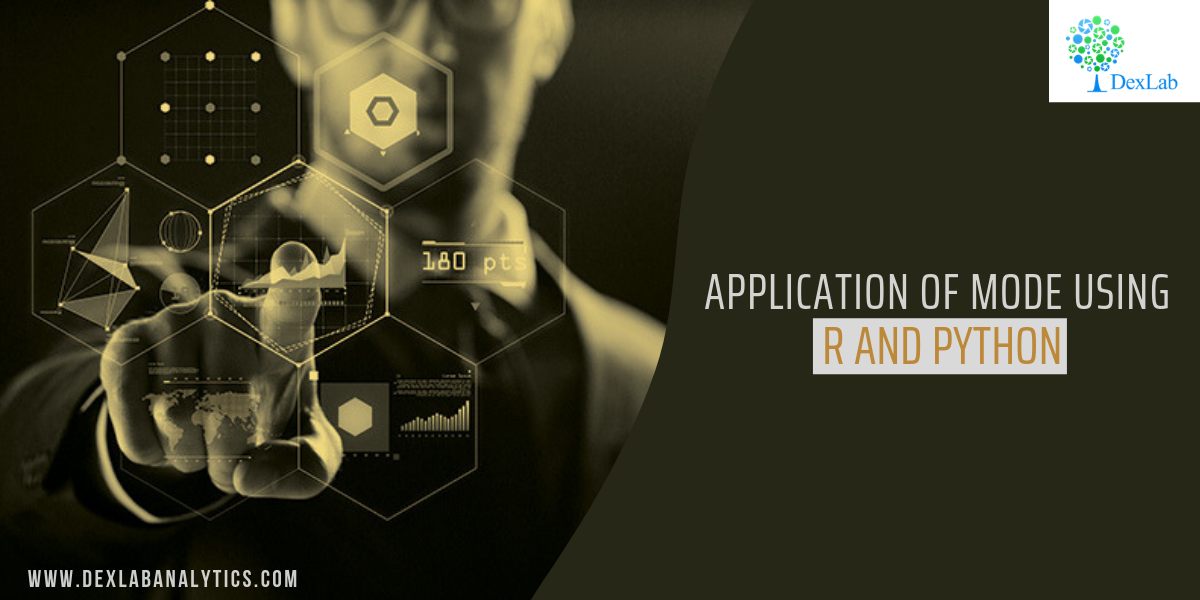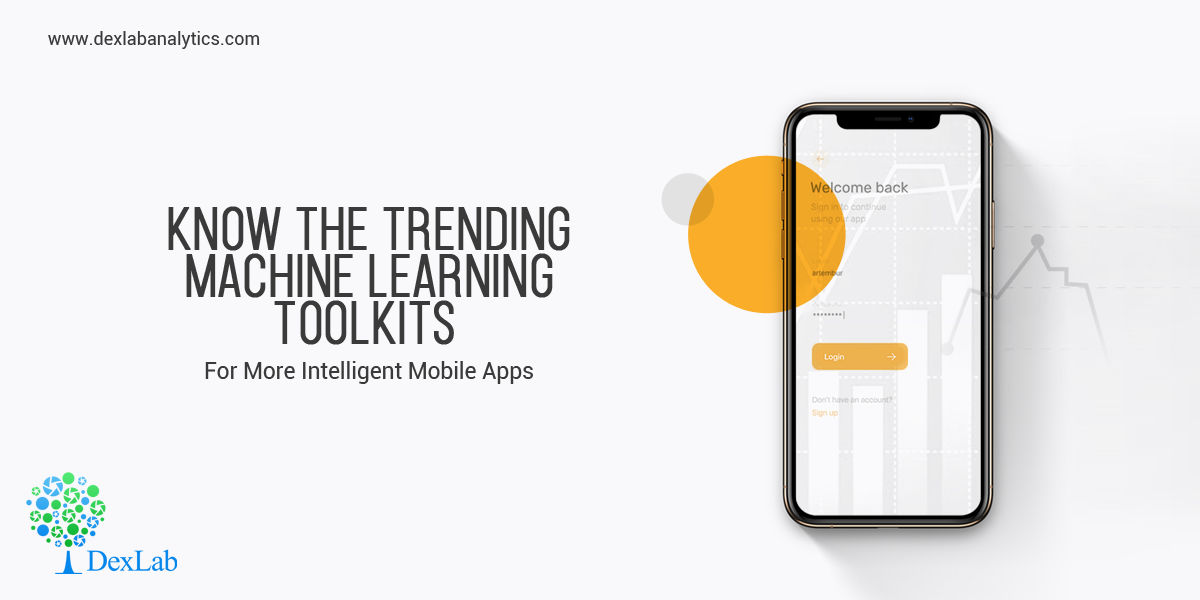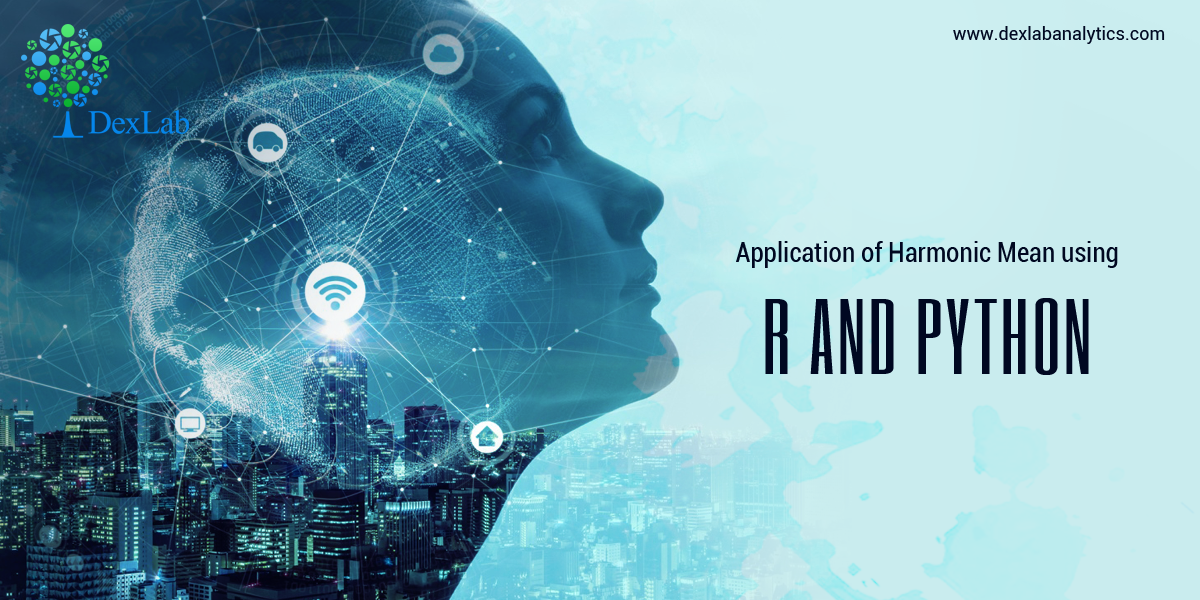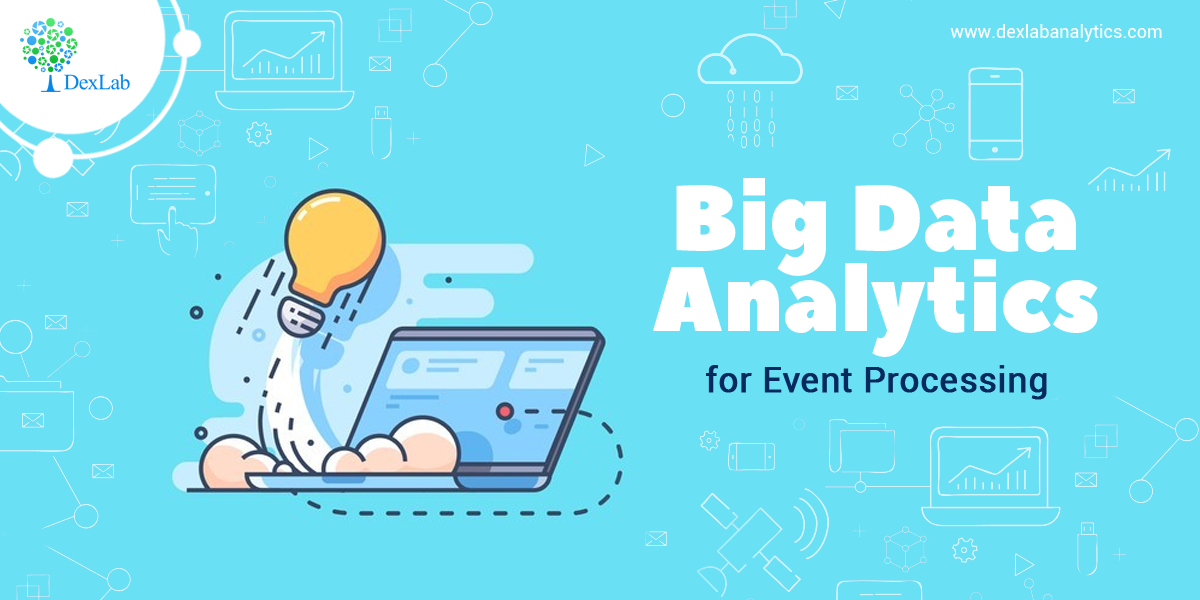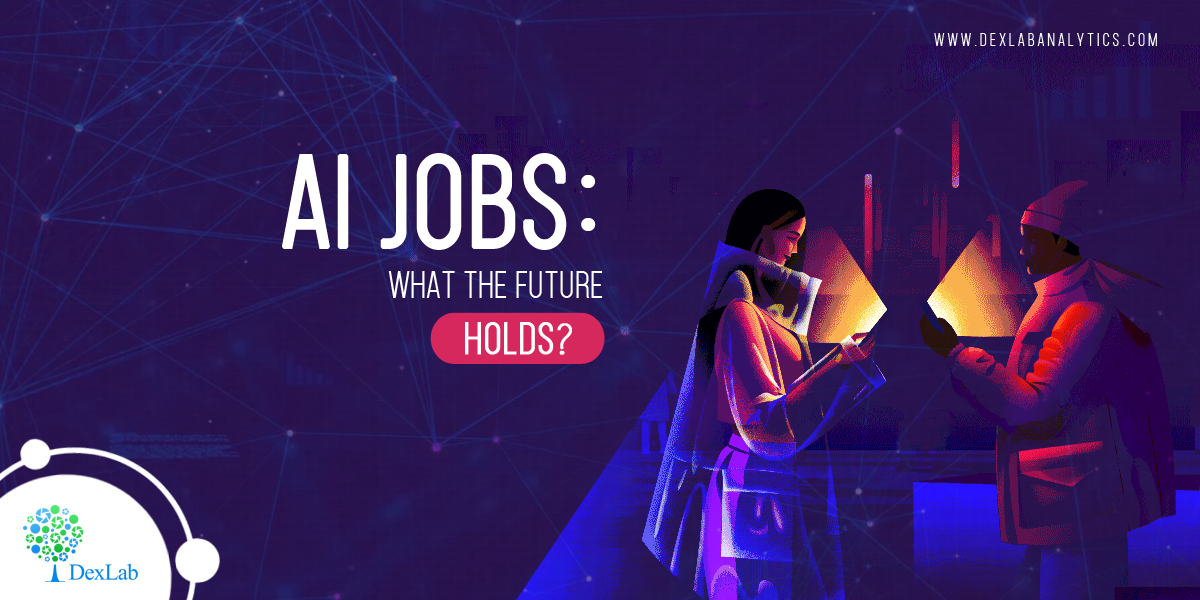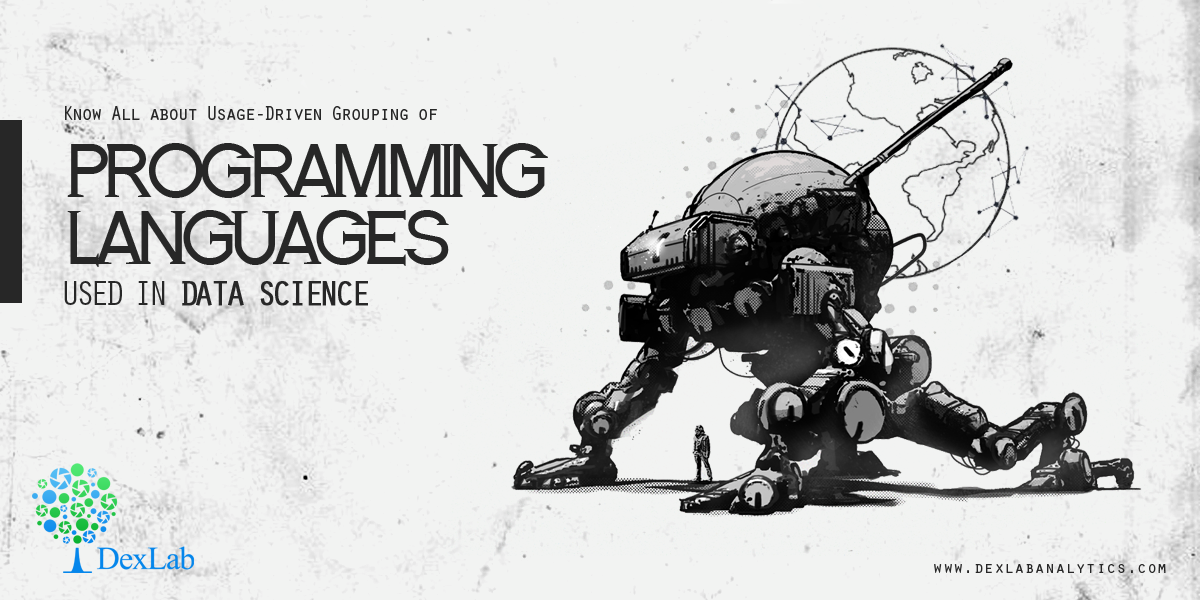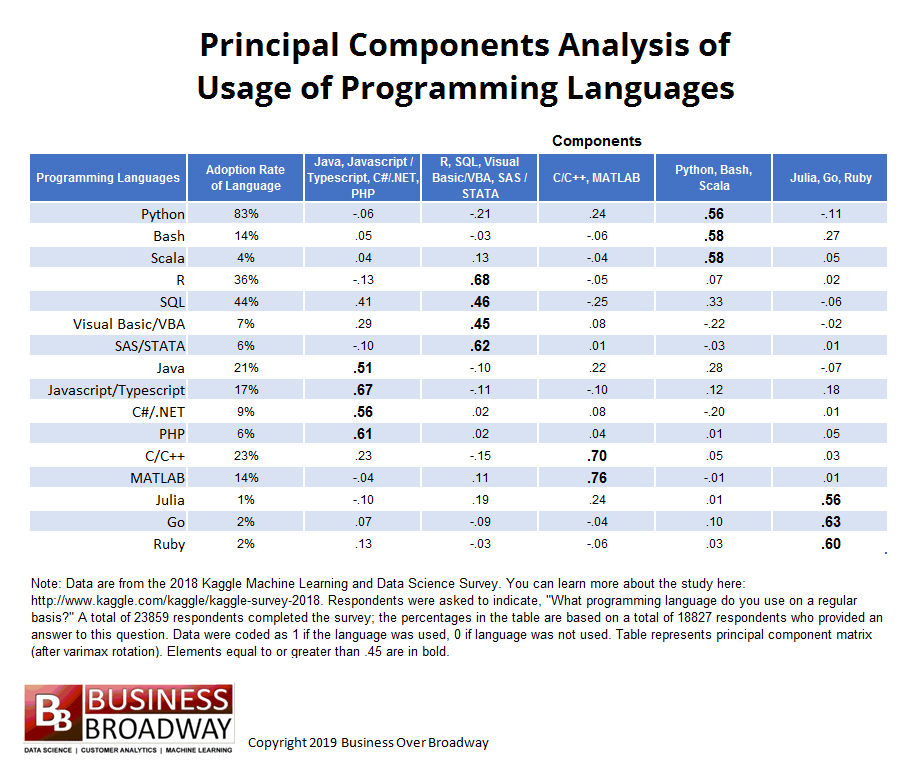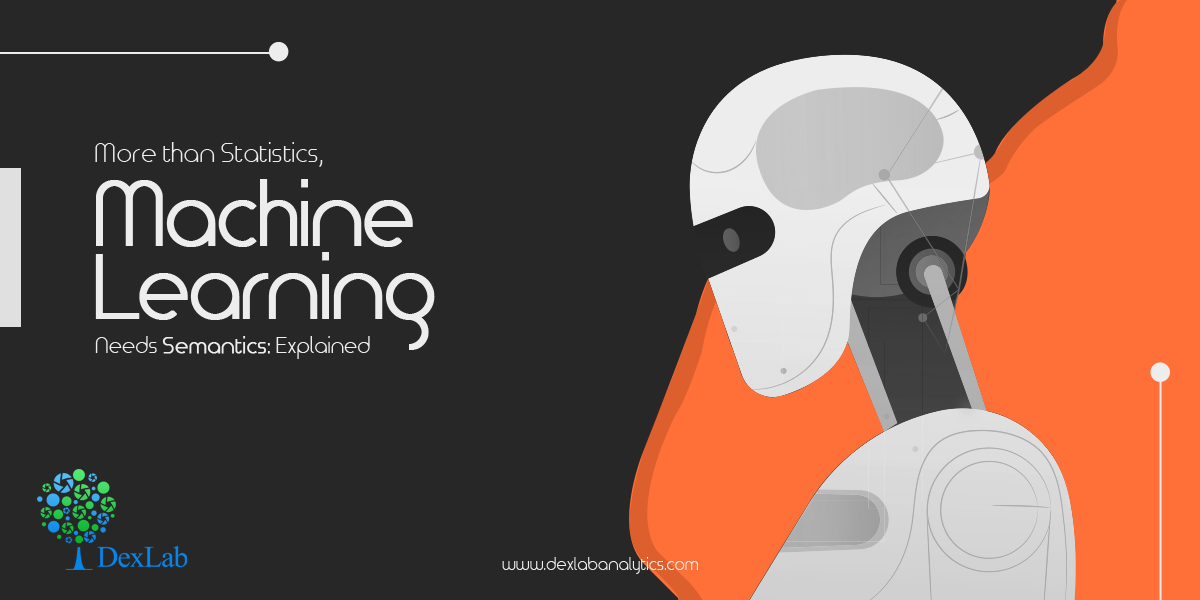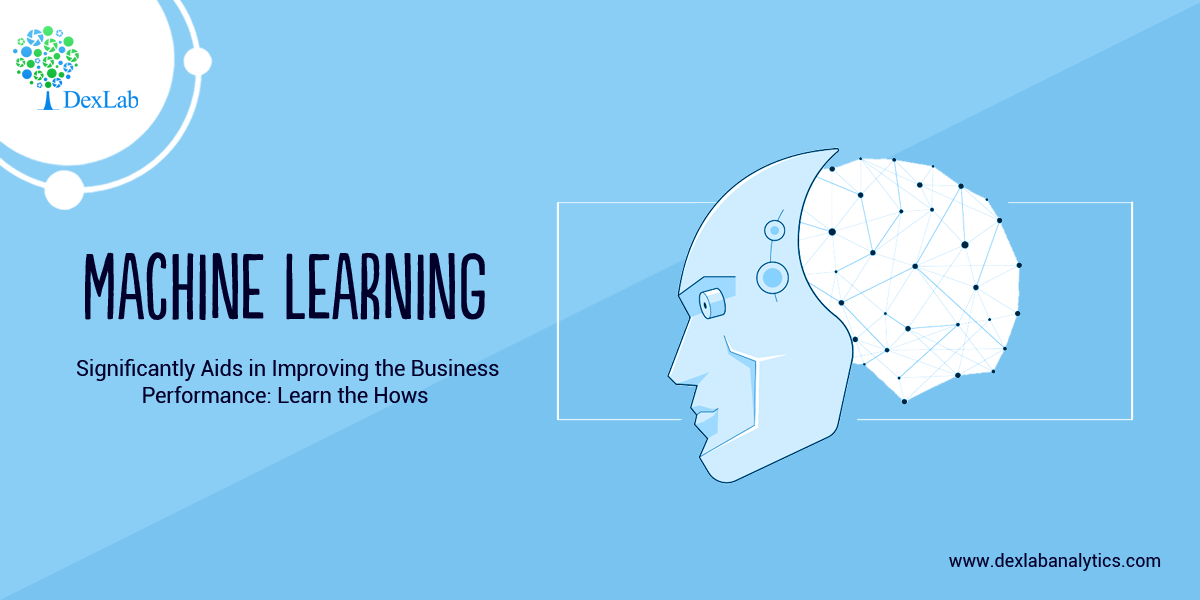
According to Forbes, Machine Learning is quickly growing up to be the biggest technology for the progress of businesses of the future. Furthermore, it will be able to add another $2.6 trillion in value, to the sales and marketing industry by 2020. Even in the field of manufacturing and logistics, it is estimated to add up to $2 trillion.
We are already seeing the extensive support that the AI-driven technology is lending to varied businesses which have joined hands with Machine Learning. This collaboration is bringing forth shocking results for the businesses, improving customer relationships, fueling sales and increasing the overall efficiency of the industry.
The total investments in Machine Learning are estimated to scale up reaching the $77 billion mark. So, if you want to enrol yourself for quality Machine Learning courses then, avail of the best Machine Learning course in India.
To Brief About Machine Learning
Machine Learning is a brand new and extremely progressive discipline at the core of which lies mathematics, statics and artificial intelligence (AI).
The basic difference between Artificial Intelligence and Machine Learning is that the former deals with the engineers writing programs for the AI to carry out specific tasks. Whereas, Machine Learning demands the engineers to write algorithms that can teach computers to write programs for themselves.
Machine Learning stresses primarily on developing the intelligence of a program and its capability of learning from past experiences. Thus, they learn from every previous interaction and each of the experiences from the past and finally, churns out the fitting solution, no matter what the circumstance is.
Therefore, a large number of businesses are incorporating Machine Learning, leading to the growth of their businesses and making their business future proof.
To list down some of the ways how Machine Learning boosts the business performance are:
- This new technology aids in developing software to understand the natural human language.
- Machine Learning further improves the efficiency of logistics and transportation networks.
- It also aids in building preventive maintenance, thereby lessening the equipment breakdowns and increasing profits.
- Machine Learning can also be extremely useful in collecting consumer data to analyse customer profiles. This, in turn, will maximise sales and improve brand loyalty.
If you like our article, you can also find us on Facebook, Linkedin and subscribe for more such interesting articles on technology from Dexlab Analytics.
Interested in a career in Data Analyst?
To learn more about Data Analyst with Advanced excel course – Enrol Now.
To learn more about Data Analyst with R Course – Enrol Now.
To learn more about Big Data Course – Enrol Now.To learn more about Machine Learning Using Python and Spark – Enrol Now.
To learn more about Data Analyst with SAS Course – Enrol Now.
To learn more about Data Analyst with Apache Spark Course – Enrol Now.
To learn more about Data Analyst with Market Risk Analytics and Modelling Course – Enrol Now.


